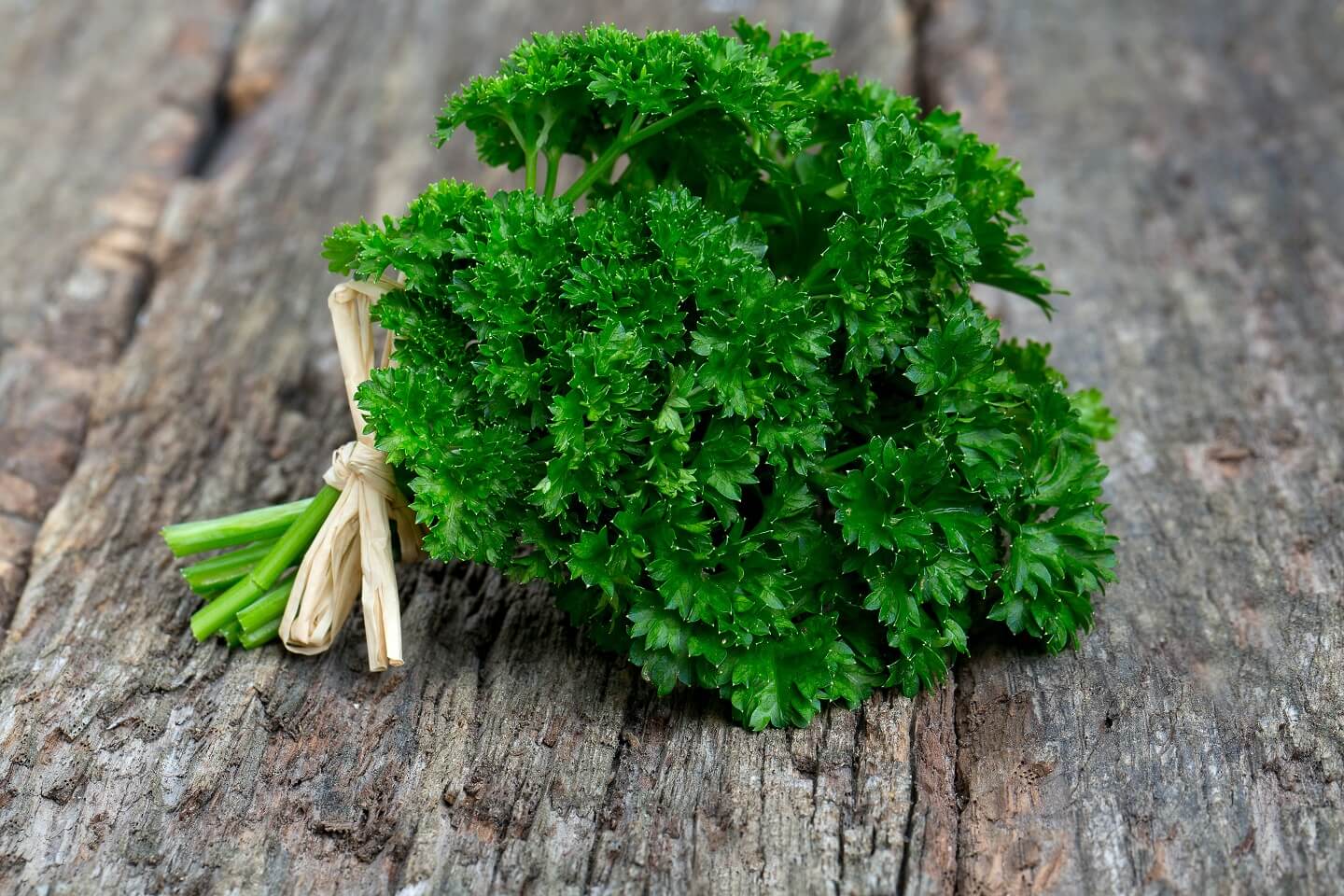Being a tropical country growing herbs in India is very easy and rewarding – but in some parts of the country entirely seasonal. Keeping the seasonal changes in mind, February to March is one of the best times to sow your herb seeds when the weather is starting to warm up and the sun is shining again. One of the best things about growing herbs is their versatility in terms of location. Most herbs can be grown either inside or outside, in containers or directly in the ground, given that the spot receives plenty of direct sunlight.
Lets take a look at some easy to grow herbs and how to grow them:

Sage
Sage is used majorly in chicken dishes, roasts, and certain sauces for pastas and gravies. The sage plant has a very the strong flavour and a single plant should be good enough for all kitchen requirements. The sage herb also dries very well to be stored for long term use.Sage grows well in areas that get a full day of sun, almost 5 to 7 hours, irrespective of whether it’s in a balcony or window or an open garden. Keep the soil loose and well-draining and water only when the topsoil is dry to touch. Feed your sage plant with a liquid fertiliser every three weeks, starting from spring.

Parsley
Parsley is a classic Italian herb that finds a place of fame in the crowd favourite pasta dishes. While the curly leaf parsley is less flavourful and is mostly used as a garnish or decoration, it’s the flat leaf parsley that adds an edge to the flavour profile of any dish.When sowing parsley seeds, do not bury the seeds, rather sprinkle it over the potting medium and spray water. Cover this with a poly bag to maintain humidity. Parsley needs soil rich in organic matter but extremely well-draining in nature. Select a spot that gets full to partial sun and keep the plant hydrated. The key factor in a good parsley harvest is the quality of soil.

Oregano
Oregano may be just one of the most commonly heard, consumed, or sold Mediterranean herbs in India, all thanks to the pizza places. When grown in open ground, the oregano shrub is a perennial plant that dies down in winter and comes back up in every spring.You can grow oregano in containers as well as open ground. It thrives in likes light, well-drained soil, in a spot that gets sunlight through the day. Allow the soil to dry out in between watering cycles and a generic fertiliser every month. The oregano plant should be harvested by pinching the growing tip.

Mint
Mint is one of the most refreshing and flavourful herbs, but at the same time it is also an invasive species. It has the overwhelming tendency to take over any free space it can. This makes it the ideal candidate for growing in containers. There are over 24 species of mint and more than seven thousand varieties with slight variations in flavour and traits.The two most commonly grown types of mint are peppermint and spearmint. Mint is not particular about the kind of soil it grows on but does better in rich but well-draining soil that holds water, hence cocopeat is a good growing medium. The mint plant requires at least 2-3 hours of bright sunlight to thrive and does exceedingly well with a soil that s maintained moist but not soggy.

Thyme
Thyme has aromatic leaves on a low-growing evergreen plant. Its flavour depends on the variety chosen and is commonly used in meat dishes, soups, and stews.Thyme love dry loose soil in spots they get good sun. When plating thyme in containers, try and select terracotta pots that allow the soil to dry out in between waterings. Prune back woody stems and regularly snip the tips of the plants to encourage new growth and bushy plants.

Basil
Basil is the hero of Italian cooking, be it pastas, pizzas, soups, sauces, or even garnish in salads. Basil grows easily and joyously when its basic needs are met and the extra harvest can be preserved well by freezing, making oils, or simply drying it.Basil should be planted in planted in the late spring (march) to allow them the time to thrive during the hot summer months. Give the basil plant a well-draining soil with at least 4-5 hours of sun. water deeply and allow the soil to dry out in between watering cycles. As temperatures drop the growth decreases and will halt come winter.
Happy gardening!









